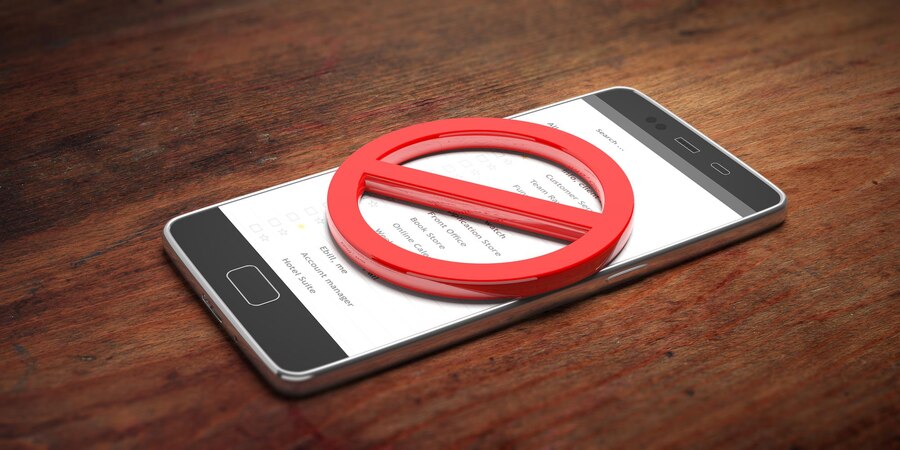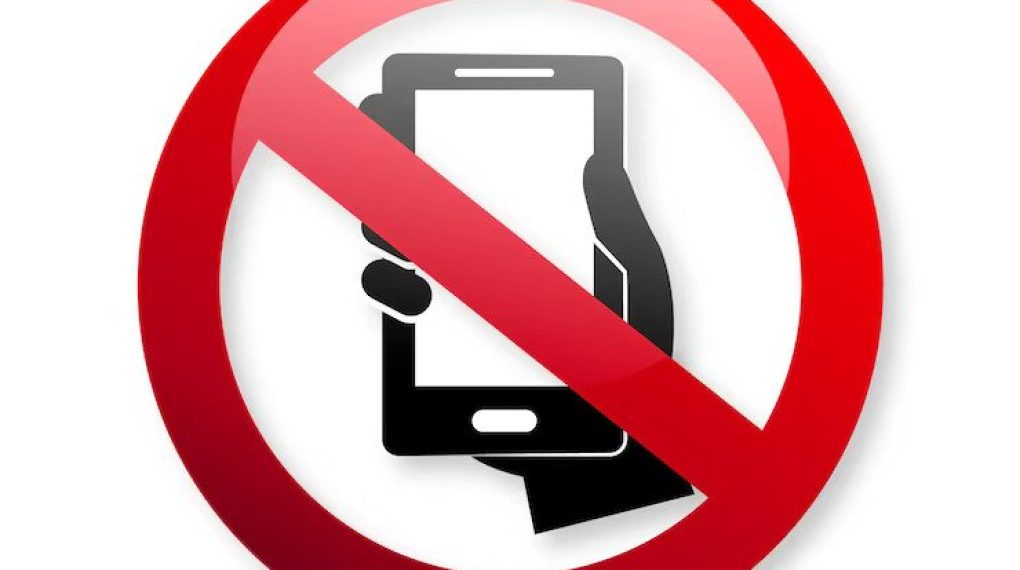
In our modern world, technology has become an integral part of life, bringing several significant benefits.
They simplify communication, expand educational opportunities, increase work efficiency and completely change and simplify a person’s life.
Among the positive qualities that the digital world carries, we can consider such as:
- Communicate and study around the world. Technology has shortened distances, making it possible to communicate with people anywhere in the world online.
- Infinity of information. The Internet provides access to endless resources of knowledge, from instructional videos to online courses. You will always find what you need – if you are capable of using the internet. This creates good conditions for self-education.
- Improve routine and efficiency. Technology automates many routine tasks, increasing our productivity and efficiency. All conditions are also created to properly manage your time – special planner applications – such as Bordio, where you can make a to-do list or schedule your tasks for a month in advance.
However, these achievements have not been without consequences. One such consequence is digital overload.
Consequences of digital overload
Constant interaction with digital devices and data streams can lead to mental and physical exhaustion. Constant communication often creates stress and anxiety, reducing overall productivity. This can lead to chronic fatigue syndrome and increased stress levels. What can indicate digital overload?
Probably the most relevant will be to mention the dependence on electronic devices. You can always observe how people do not look up from their phones and in public places do not even raise their heads to look at the road or each other’s faces. This undoubtedly causes problems with social interactions. Sure, technology makes communication easier, but it can also impair social skills.
The long-term impact of screens on vision, poor posture when using devices, stress, anxiety, distracted attention, and even sleep disturbances are all examples of the physical negative effects of digital overload.
Under these conditions, the use of technology must be balanced and deliberate. Letting go of uninterrupted connectivity and digital overload can help restore mental health and improve overall productivity. It is important to remember that technology is just a tool and should be used in moderation to maintain a healthy lifestyle.
Benefits of digital detox

In our modern, technology-rich environment, the benefits of digital detox are both relevant and significant. A digital detox is a temporary disconnection from the digital world, including social networks, instant messengers, email, and other online platforms. There are various reasons for doing a digital detox.
Firstly, it allows you to balance your life and reduce stress levels. Time spent in a constant digital connection can lead to information overload, constant multitasking, and fatigue. A digital detox allows you to take a break from the constant information noise and focus on the present moment.
Secondly, digital detox helps improve sleep quality. Controlling phone use and avoiding other blue screens an hour before bed can help you deal with insomnia and other sleep problems. And also improves your health and mental well-being.
Also, a digital detox helps increase productivity and creative thinking. According to research, frequent breaks to check messages and device changes can impair our ability to focus and dive deep into projects. To increase your concentration, you can try to give up the usual fast sources of dopamine in your phone – in particular, social networks and TikTok.
Of course, this may seem like a difficult task, but it is worth learning to concentrate on important things. Addicted to technologies should prepare themselves mentally for difficulties and find motivation and an important goal for themselves that can be achieved with a digital detox. They will probably feel anxiety and discomfort caused by a lack of access to fast dopamine sources.
The benefits of digital detox are significant and can lead to an improved quality of life.
Practical tips
In order to make the idea of disconnecting from digital technologies a reality, you will first need to allocate limits on the use of these technologies. Separate the time when you will not use the phone and computer. Honestly consider your abilities, and do not try to immediately achieve limits that are too unrealistic, otherwise, you risk giving up ahead of time, deciding that you are not capable of doing it.
First, define your goals and boundaries. Set specific objectives for yourself, as well as limits on how much time you are going to spend on gadgets. For example, you can limit the time you spend on social media or schedule a “digital day off” for certain days of the week.
Create a safe area where you can disconnect from electronic devices. Make it a rule not to take your phone in bad and not use it, for example, during your morning routine. Creating this safe zone will allow you to focus on the present moment and improve the quality of your interaction with other people.
Here are a few things you can do to fill up some offline time during your digital detox.
- A perfect example would be reading printed books with your phone off. They will allow you to immerse yourself in another universe without being distracted by technological devices. Another sample is journaling – an amazing opportunity to express yourself and reflect on your life. You can buy a beautiful diary and write down your ideas, ambitions, and accomplishments, and enjoy the writing process.
- Meditation or mindfulness practice can also help you disconnect from the digital world and find inner peace. Spending time in nature is another way to recharge your batteries and enjoy beautiful landscapes without digital noise.
- Hobby. Find a hobby that will entertain you, such as painting, writing music, or doing pottery. Try something new and enjoy it.
Real stories of digital detox.
Of course, with such a strong connection to social networks and technology, it may seem impossible to refuse or even simply control time on the network. Therefore, I want to present some examples of famous people who practiced a digital detox and how it affected their lives.
World-famous singer-songwriter Ed Sheeran said in 2015 that he wanted to cut down on his time online and go on a digital detox. Back then, it wasn’t as popular as it is now, and he was one of the first celebrities to start the trend. He later noted that it helped him feel better and encouraged him to write more sincere and emotional songs.
Known for her role as Hermione, Emma Watson, who gained fame thanks to the Harry Potter film series, also spoke about her digital detox experience. She periodically takes breaks from social media and digital devices to focus on self-development, reading books, and journaling. Watson notes that it helps her relieve stress, improve mental and emotional well-being, and enjoy the present moment.
Oprah Winfrey – the famous TV presenter and media mogul, spoke about the fact that she regularly practices a digital detox. She spends time without access to electronic devices to focus on introspection, meditation, and reflection. She says it helps her maintain her mental health and sort through her thoughts for inspiration.
These celebrity examples show that a digital detox can benefit everyone, including celebrities, by helping them find balance, improve their quality of life, and achieve better results in their creative and professional activities.
Summing up, we can say that the establishment of digital boundaries is an important element of our modern existence. You can effectively manage your time and technology usage by following these practical strategies and enjoying your time offline. Remember that a digital detox can be very beneficial for you and can help you find balance and harmony in your life.
Read Also:






